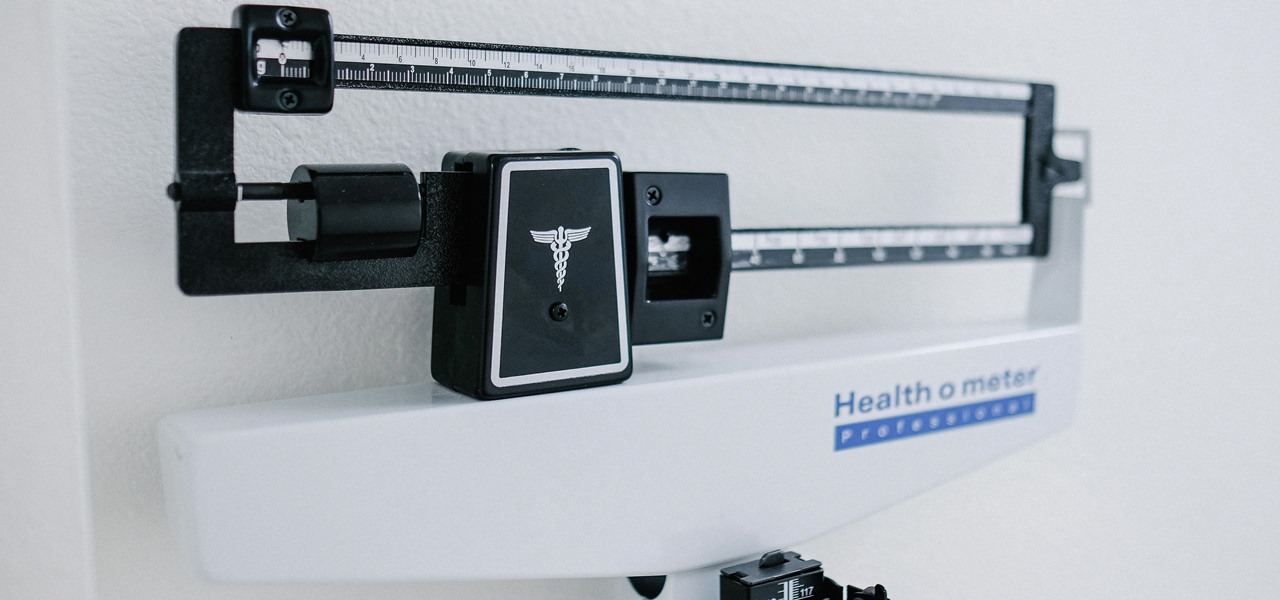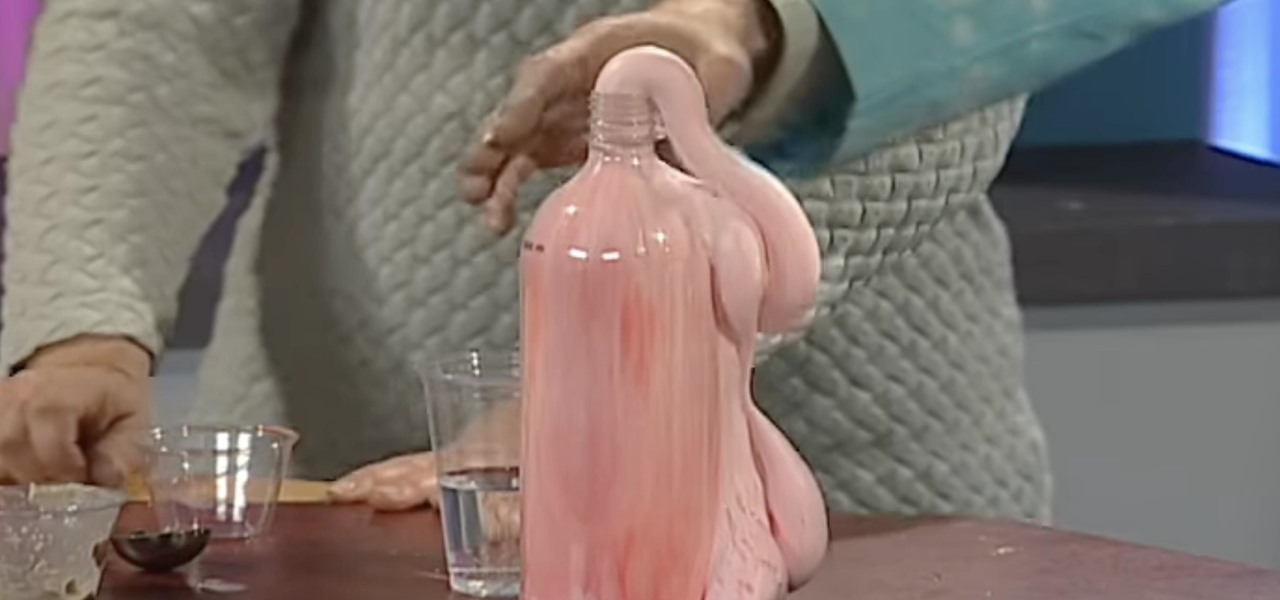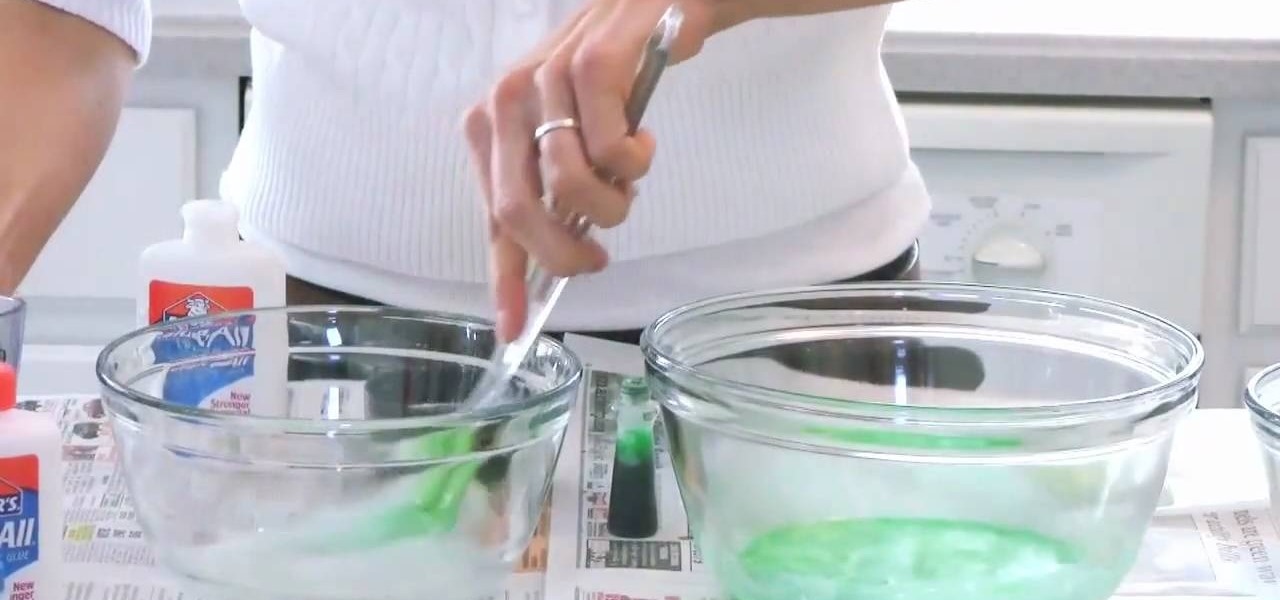Science Experiments How-Tos


How To: Transfer sound over a laser light
Check out this low cost project. This video will show you how to transfer sound over light! Yes, this is possible. You'll transfer a sound with a distance of 5 meters, but you may experiment on greater distances if you'd like. You'll need a laser (or an LED) for this audio project, one Opto transistor (or resistor), one 3-volt battery, two mono audio jacks, and some alligator clips. Just watch this cool electronic audio experiment and try it out yourself.

How To: Create pneumatic power with a hand air pump
Check out this video to see how to make pneumatic power with stuff from your dumpster. Take one empty Tekapur (polyurethane foam) spray can, and one hand air pump, and watch the instructions. Soon, with a wee buit of time and effort, you'll have some cool pneumatic power at your fingertips.
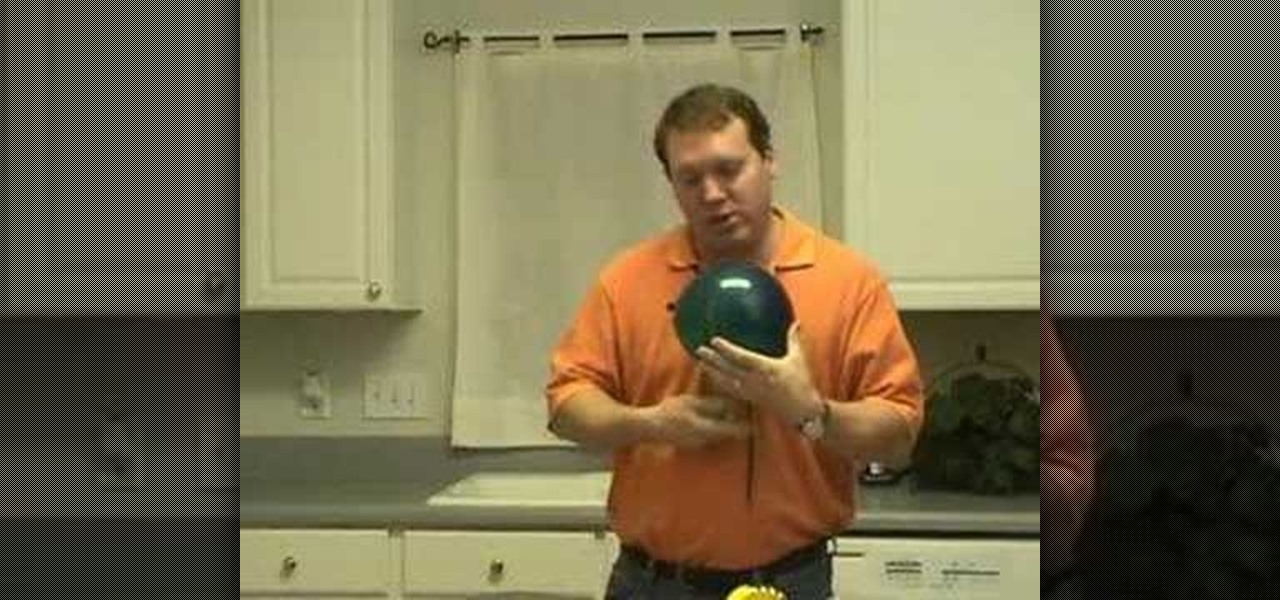
How To: Measure reaction time, lung capacity & jump height
This video shows how scientists use creativity to measure non-obvious things like reaction time, lung capacity and jump height.

How To: Do an insulation experiment
In the video we experiment with several different types of insulation, including paper towels, newspaper and aluminum foil to see which one keeps the heat in the best.

How To: Test the strength of a strand of hair
Learn how to find out exactly how strong a strand of your hair is with this science experiment.

How To: Build a basic electromagnet
This short video helps you understand how electromagnets turn electricity into magnetism.

How To: Understand the concepts behind of Ohm's Law
Watch this educational how to video to review Ohm's Law. This math and physics concept is derived from electric motive forces, intensity of current flow and resistance values of conductor. Watch and learn more about Ohm's Law.

How To: Make magic disappearing foam
Learn how to make cleaning fun with this easy to make magic disappearing foam. Great for magic tricks or just to impress your friends.

How To: Make water glow
Learn how to make water glow with a blacklight and a hi-lighter with this easy experiment.
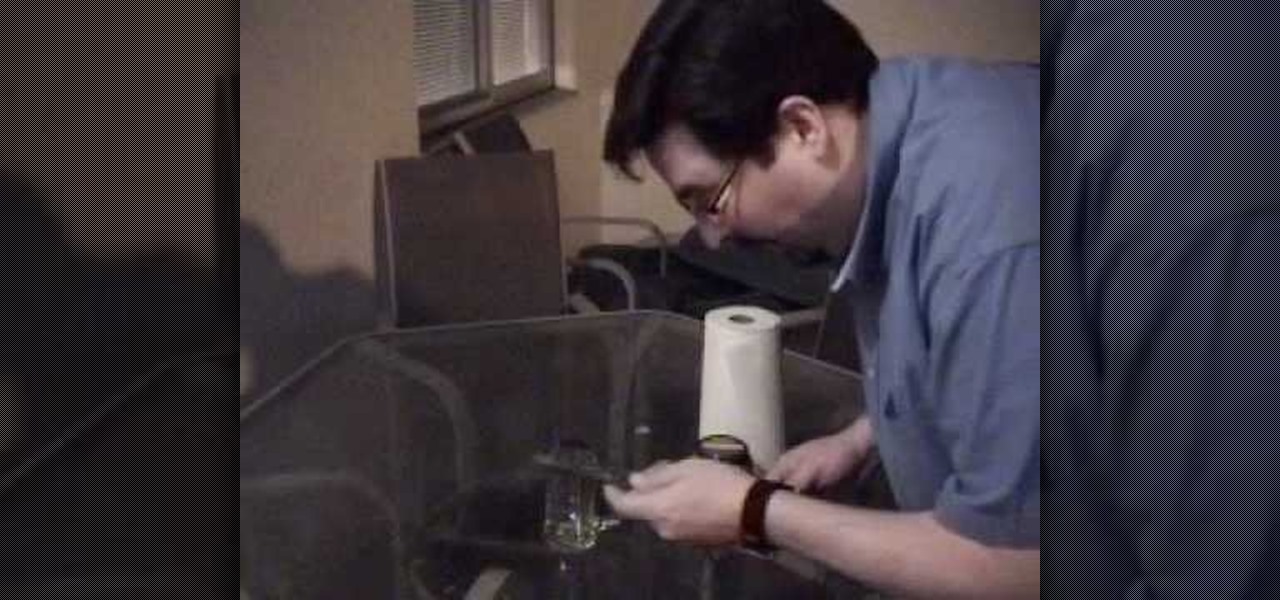
How To: Conduct a fluorescent pickle experiment
Conduct a fluorescent pickle experiment with tips from this video. Try not to kill or maim yourself with the electricity. Make sure to have paper towels

How To: Do a headspace injection into a GC
Check out this how to video to learn how to do gas chromatography headspace injections. This is for you molecular biologists out there. Do a headspace injection into a GC.

How To: Start a fire using water
Start a fire using water. It is a pretty cool trick. This guy takes a couple of goofy household chemicals and creates a powder that explodes when water touches it.
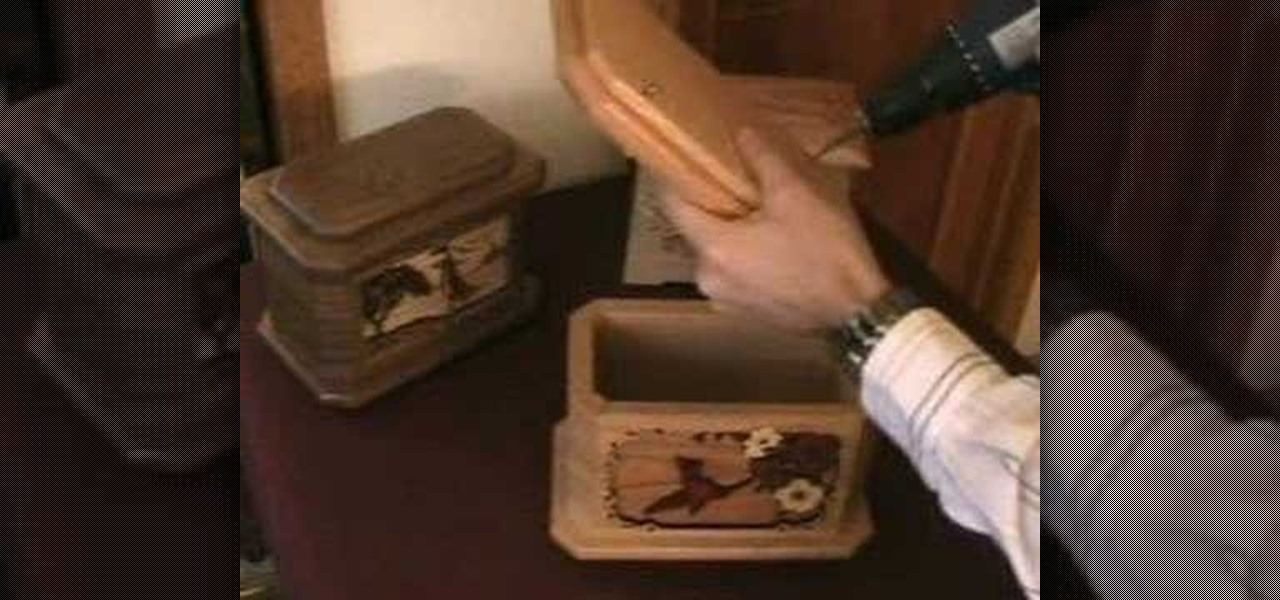
How To: Open a wooden urn
Learn how to open a wooden cremation urn. Most have four screws that retain the base or inset base. These screws can be removed with a Phillips Screwdriver or electric screwdriver.

How To: Make an ice pack
By adding ammonium nitrate with normal tap water, you can decrease the temperature rapidly to make your own ice pack.

How To: Burn a hot red pepper
Watch to learn how you can take parts of a hot red pepper and burn them to get some different types of flames.

How To: Make an electromagnet with stuff from your junk drawer
Learn how to make an electromagnet using a battery, a nail, a wire, and some paperclips.

How To: Melt a Barbie doll
Learn how to use some acids to melt a plastic doll in a jar.
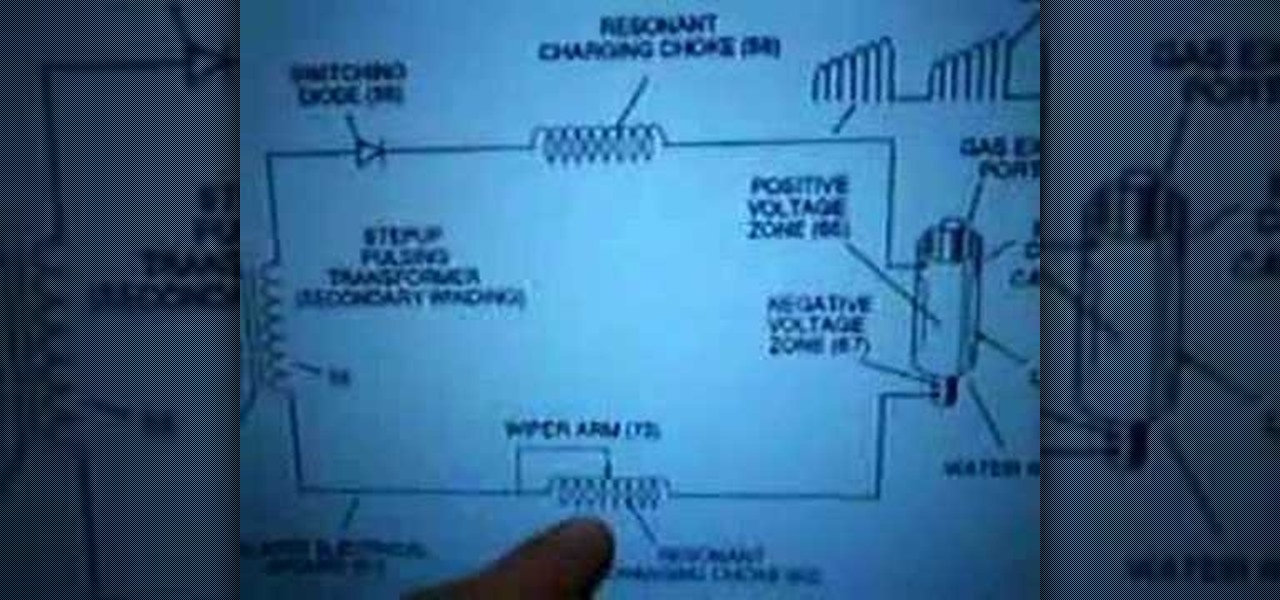
How To: Add a resonant charging choke to a hydrogen fuel cell
Here are some concepts that Stanley Meyers had related to his patents regarding the Resonant Charging Choke, which is basically Telsa's BiFiler Coil Design, which basically is how to connect the WFC to the bifilar coil for maximum efficiency and if you have higher resistance and impedance than the WFC you can inhibit amp flow and allow voltage to go to the maximum.

How To: Make an acetylene explosion
A demonstration of the explosive potential of even a small amount of acetylene mixed with the right amount of oxygen. Watch to learn how to do this yourself. Make sure to wear goggles and stand at a safe distance when making your own acetylene explosion.
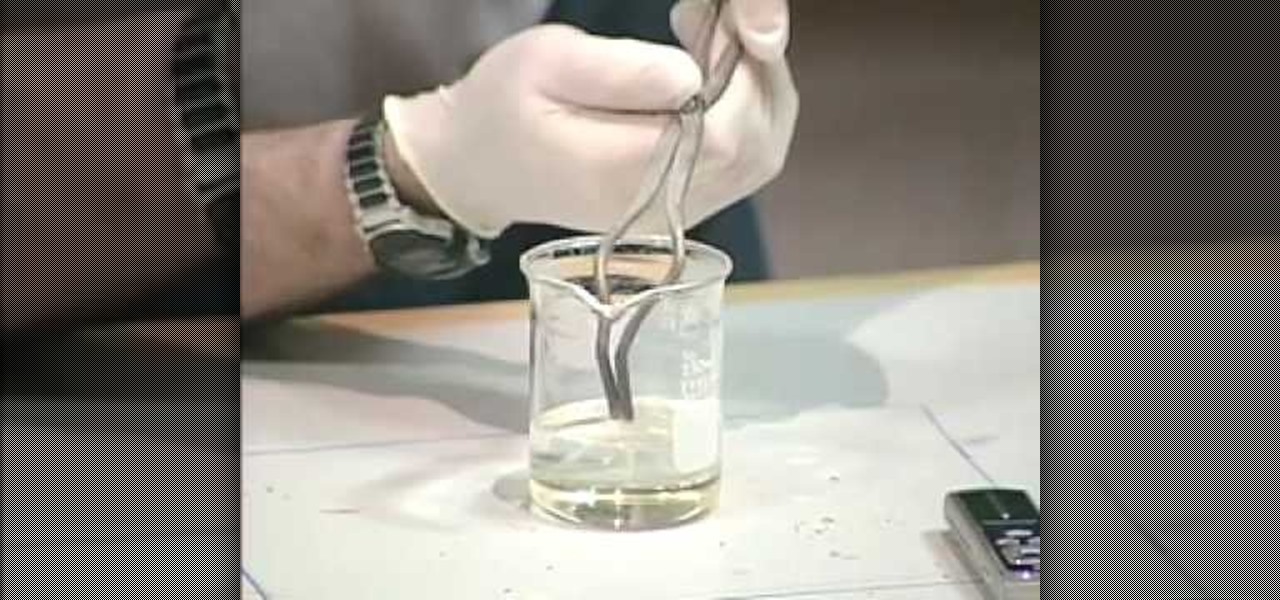
How To: Make nylon
A chemical demonstration of the synthesis of nylon using different chemical solutions.
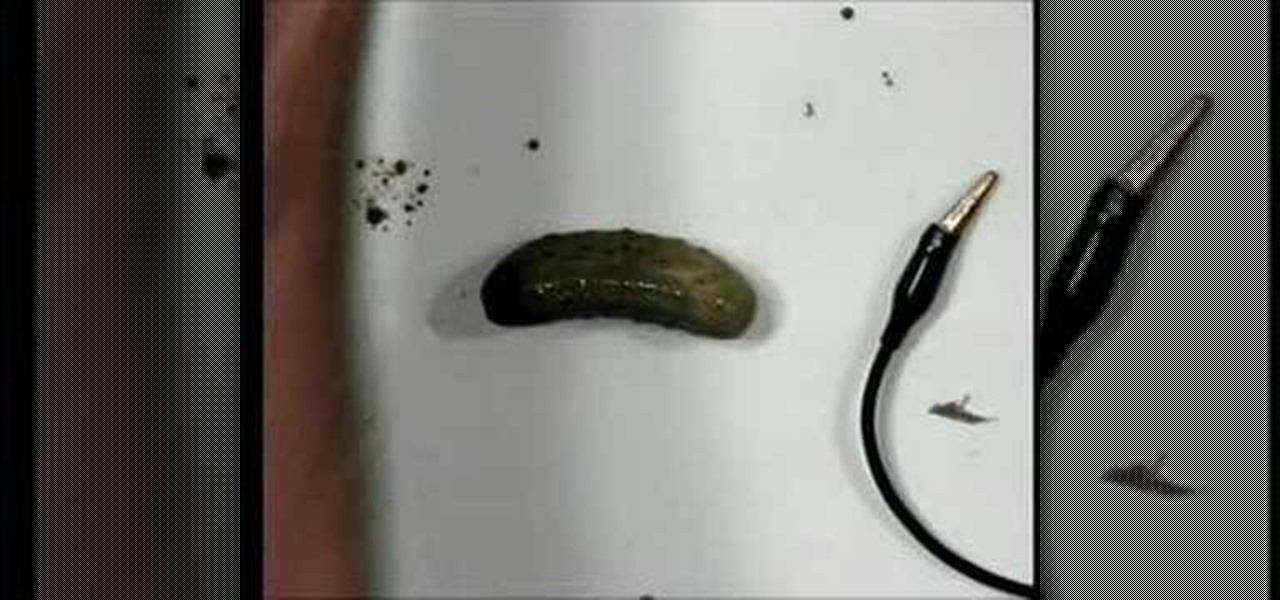
How To: Electrify a pickle
This is a chemical demonstration of the excitation of sodium atoms in a dill pickle by connecting it to 120 volts. Watch to learn how to electrify a pickle yourself.
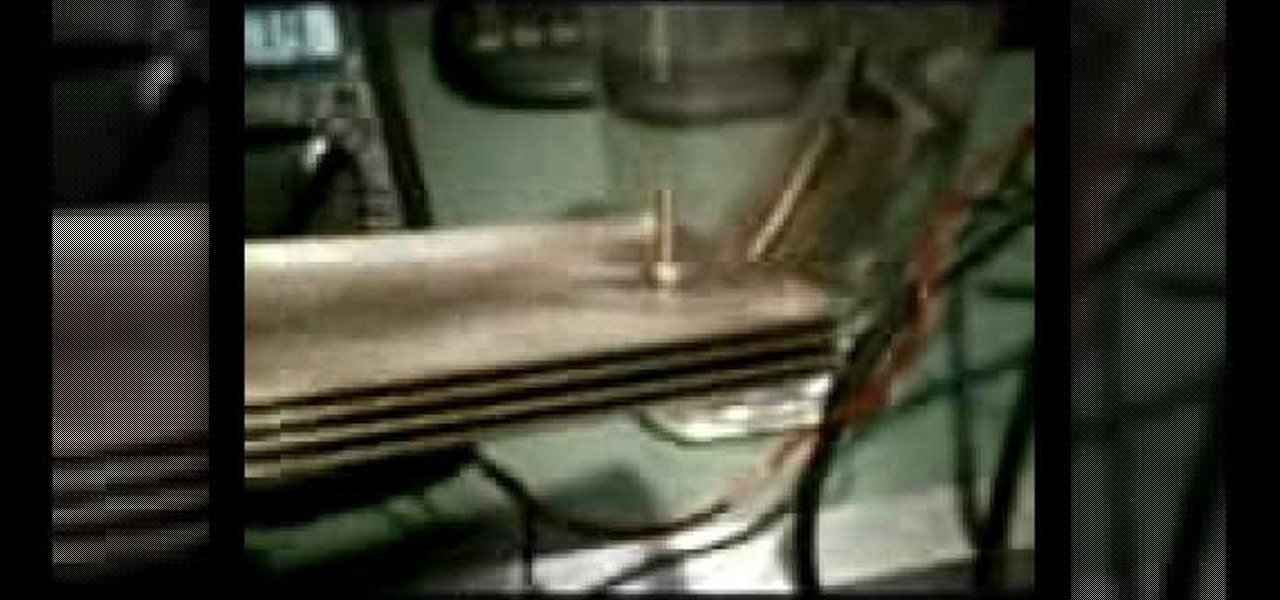
How To: Separate hydrogen and water through electrolysis
Want to stop being dependent on foreign oil? Want to help create a healthier Earth? Separate hydrogen and water for a cleaner and more efficient fuel source.

How To: Make a jam jar pulse jet engine
Learn how to use household items to make a pulse jet engine that really works out of a jam jar. Pay attention to safety because the jam jar may explode when you make your pulse jet engine.
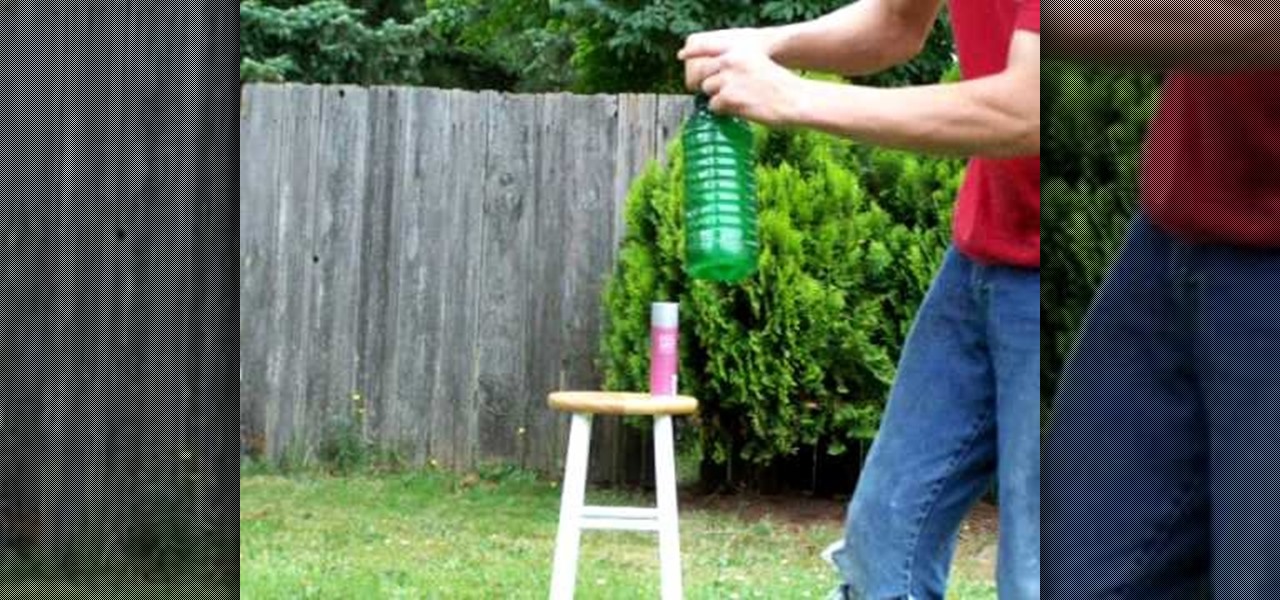
How To: Make a jet engine out of a bottle
Learn how to make a sort of jet engine out of a plastic bottle, hairspray, and a lighter. The bottle will blast away from you like a jet engine.

How To: Make thermite
Watch to learn how to make thermite, a compound used to weld railroad tracks together, out of magnesium, iron oxide, and aluminum powder,
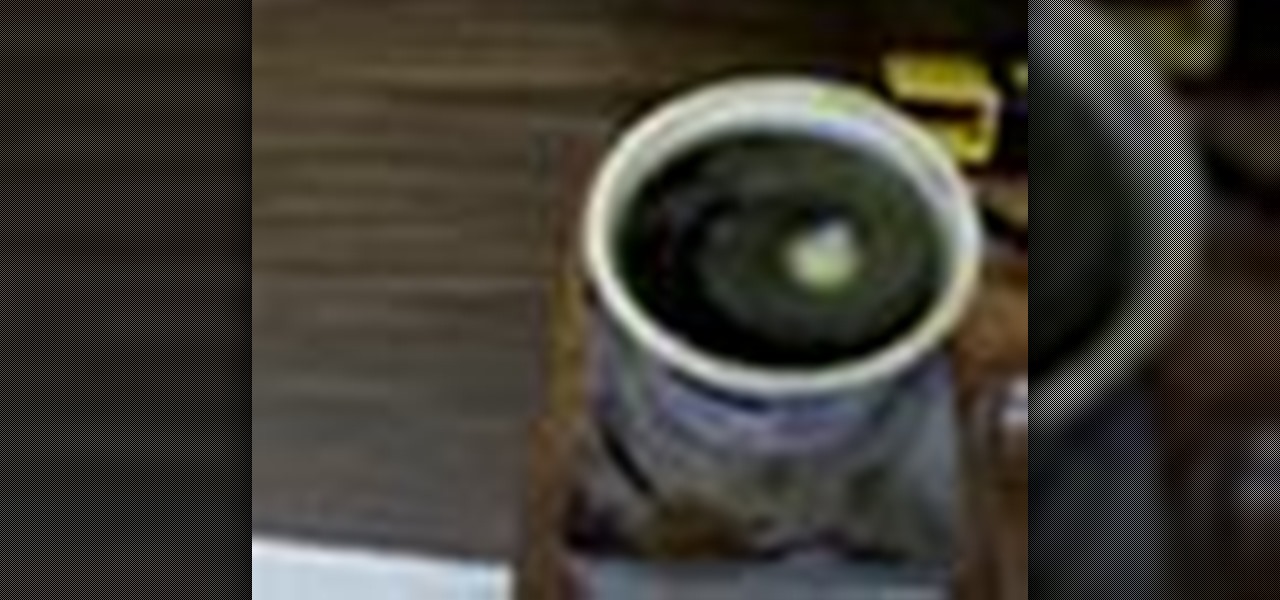
How To: Make nitrogen triiodide
Learn how to make nitrogen triiodide (NI3), the main ingredient of the small, paper-covered parcels that you throw at the ground to make a snapping noise, with household chemicals and items. This chemical is very unstable, so please exercise caution.

How To: Make hydrogen with vinegar and magnesium
Learn an easy way to make hydrogen with vinegar and maganesium. This experiment is dangerous, so please exercise caution.
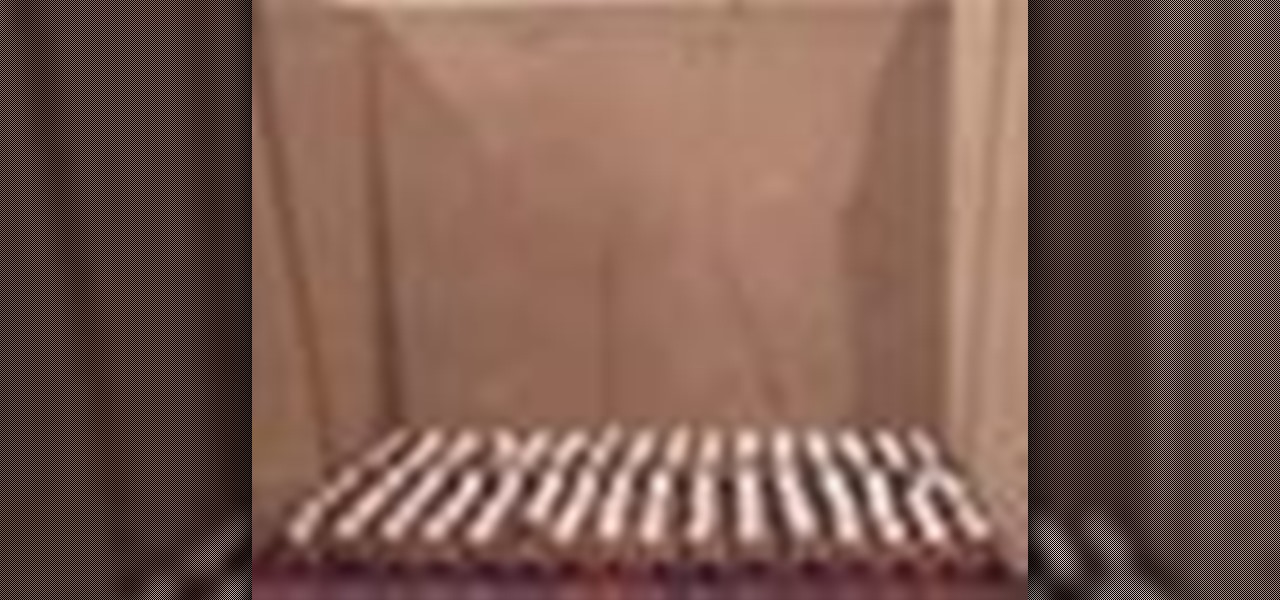
How To: Simulate a nuclear chain reaction
Watch to see a demonstration of how a nuclear reaction works using a matrix of ping-pong balls set on top of mouse traps at a Physics show at the University of Bonn.
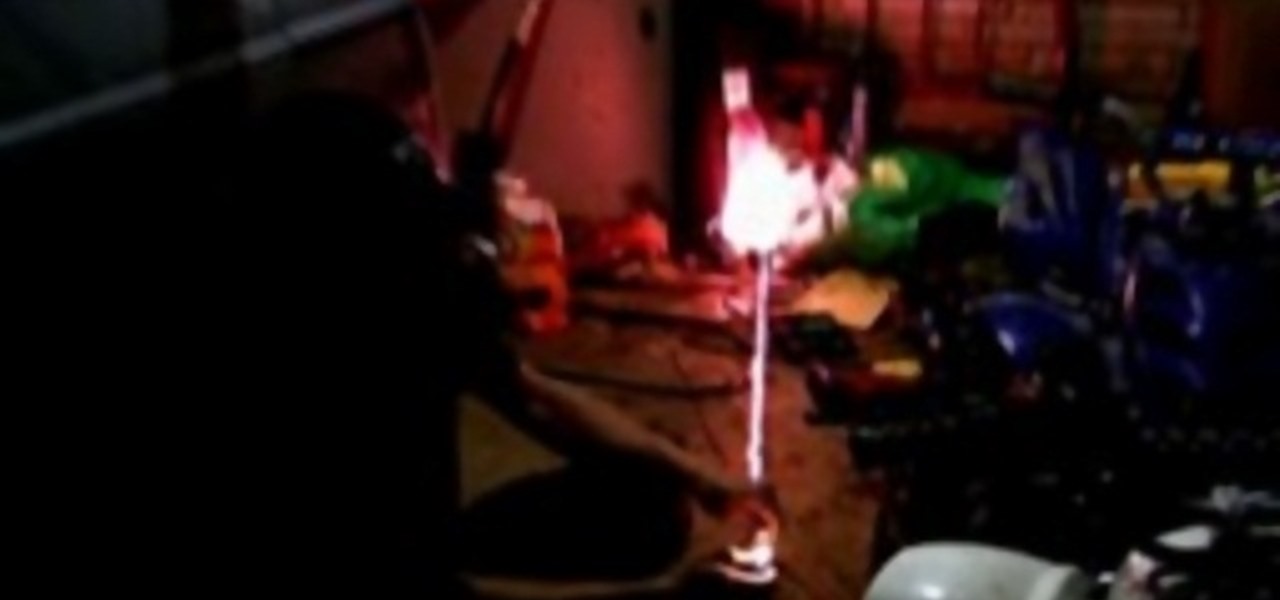
How To: Create lightning in a milk jug
Learn how to light some hydrogen oxygen gas in the top of a milk jug with some aquarium hose run to it in order to create a small bolt of lightning.

How To: Stand on balloons without popping them
Watch to learn how to stand on several balloons without popping a single one. All you need is balloons, duct tape, and a flat-bottomed object to stand on.

How To: Oxidize iron
Watch this chemistry demo of the oxidation of iron and learn how to perform this experiment yourself.

How To: Perform the Jacob's Ladder experiment
Learn how to perform this Valentine's Day-themed experiment, a variation on the basic Jacob's Ladder experiment. Fire is involved, so be safe.
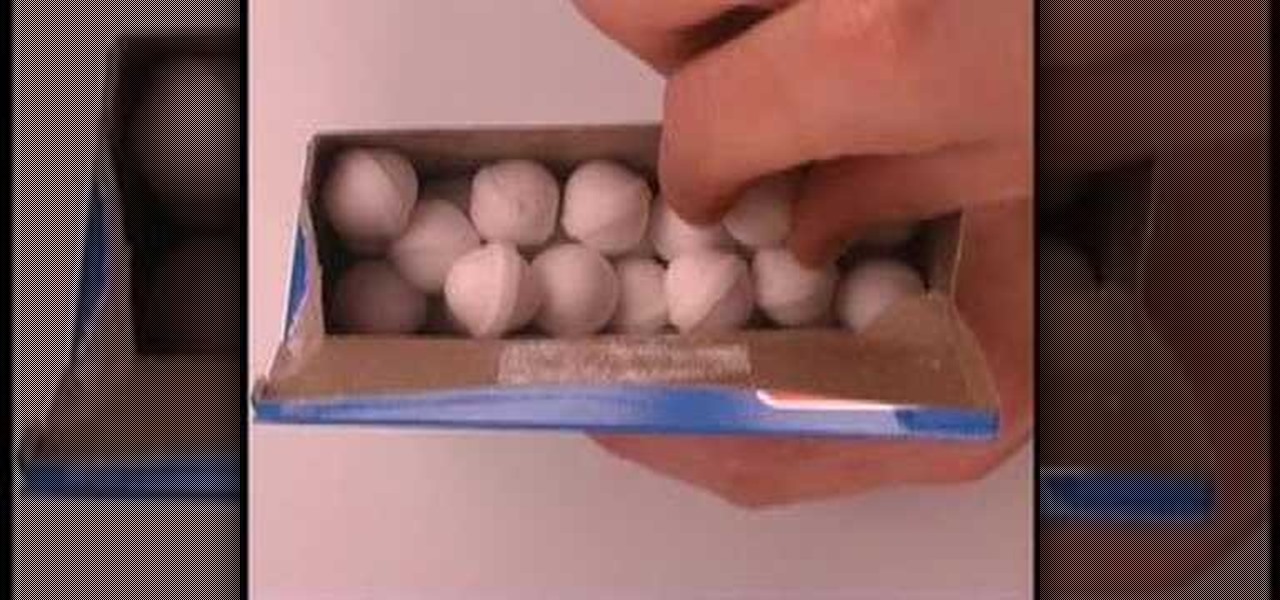
How To: Make mothballs jump
If you put mothballs in a solution of vinegar and baking powder, the balls will collect air bubbles; then after they cause the balls to rise, the bubbles pop, and the mothballs drop.

How To: Electrocute a pickle
If you connect either cable of an extension cord to two forks and insert those forks onto either end of a pickle, then plug that extension cord into an outlet, the pickle will glow like the 4th of July.
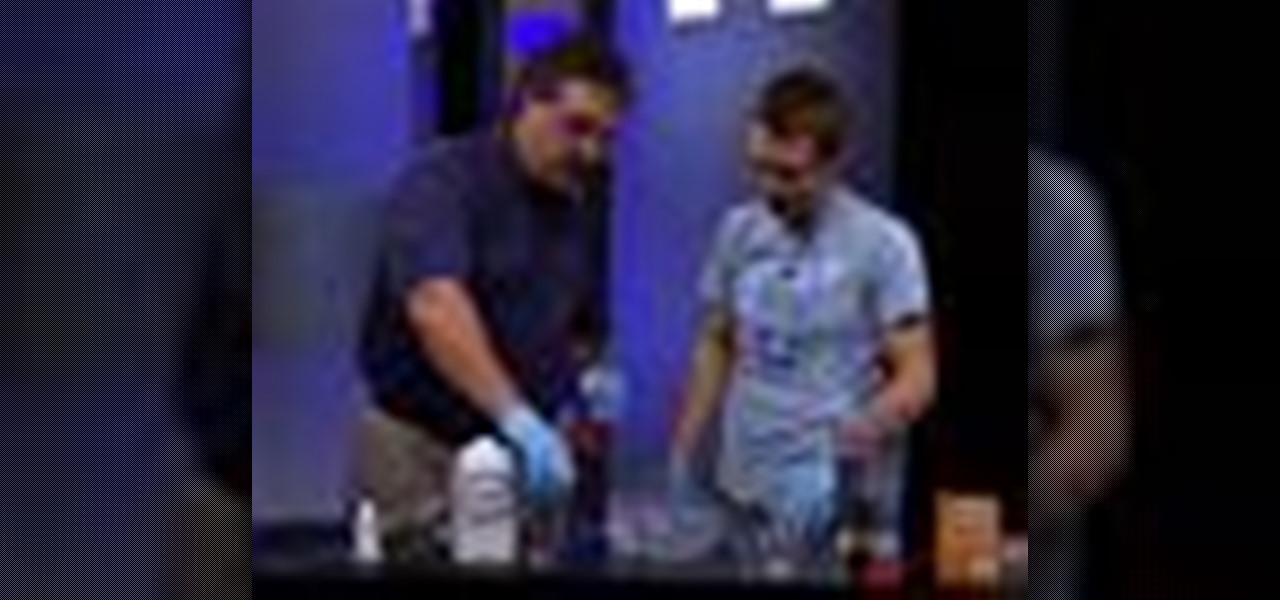
How To: Turn cotton balls into smokeless gunpowder
Learn how to turn cotton balls into smokeless gunpowder with high school chemistry teacher Chris Schrempp. Turn cotton balls into smokeless gunpowder.
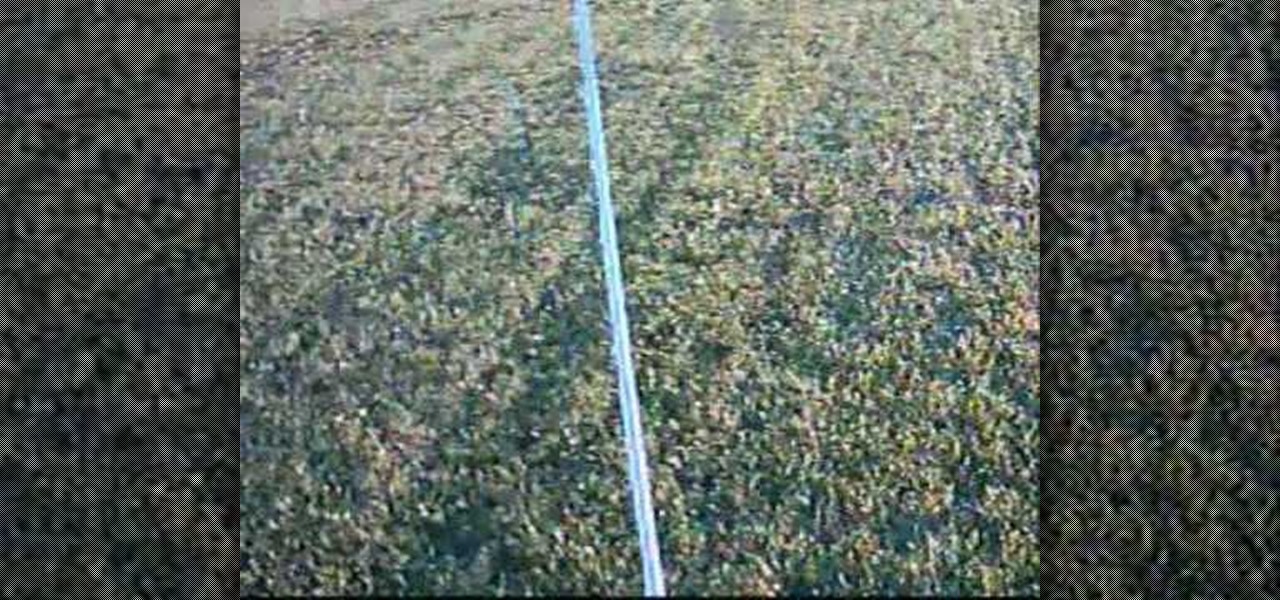
How To: Make an RC plane
In just under 4 hours, leftover parts were used to make a neat RC airplane called "The Junkyard Dog". Using mostly COX airplane parts from models gone by the wayside, you can make one with no plans or a kit.

How To: Make plasma with a light bulb
Make plasma with a light bulb. All you need is a microwave.
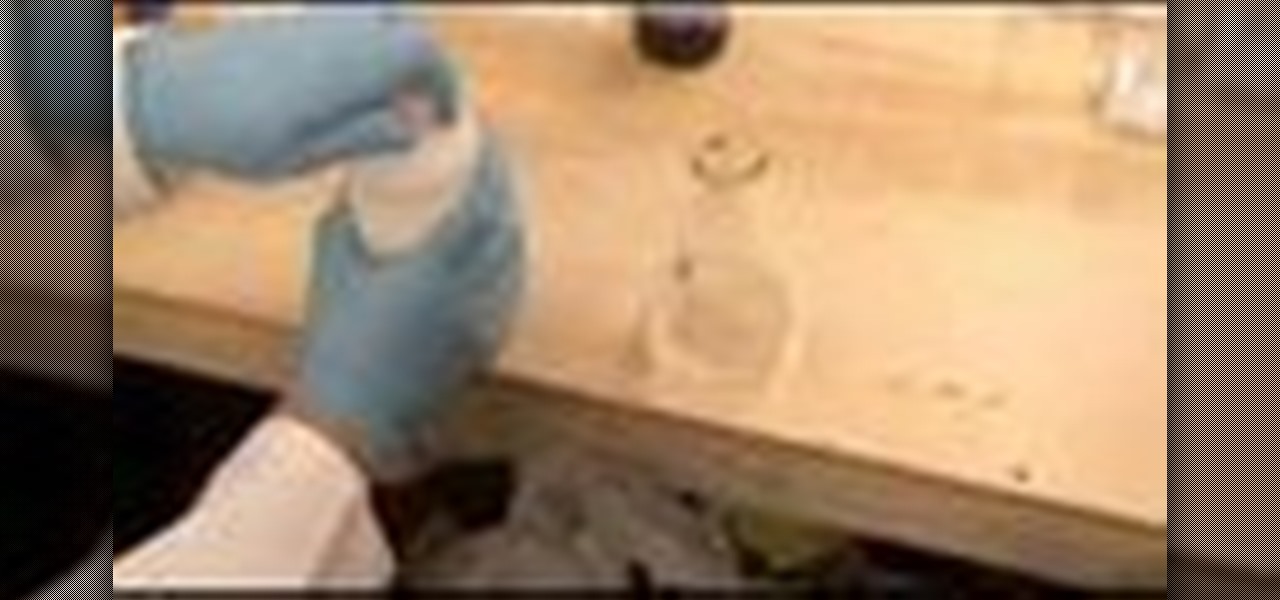
How To: Make iodine
Learn how to make iodine with readily available materials with Phil Torrone in order to avoid being on the DEA's list.

How To: Get liquid to rise into a glass with a candle
You take some water in a pan and a couple of candles. Light the candles then put something over it. Example - a mason Jar. In this experiment we used a beaker. Put the jar over the flames. The jar will cause the flames to extinguish and then the water will rise into the beaker.

How To: Float eggs on salt water versus fresh water
Derek's 5th Grade Science Experiment. Will eggs float better on salt water or regular fresh water.



